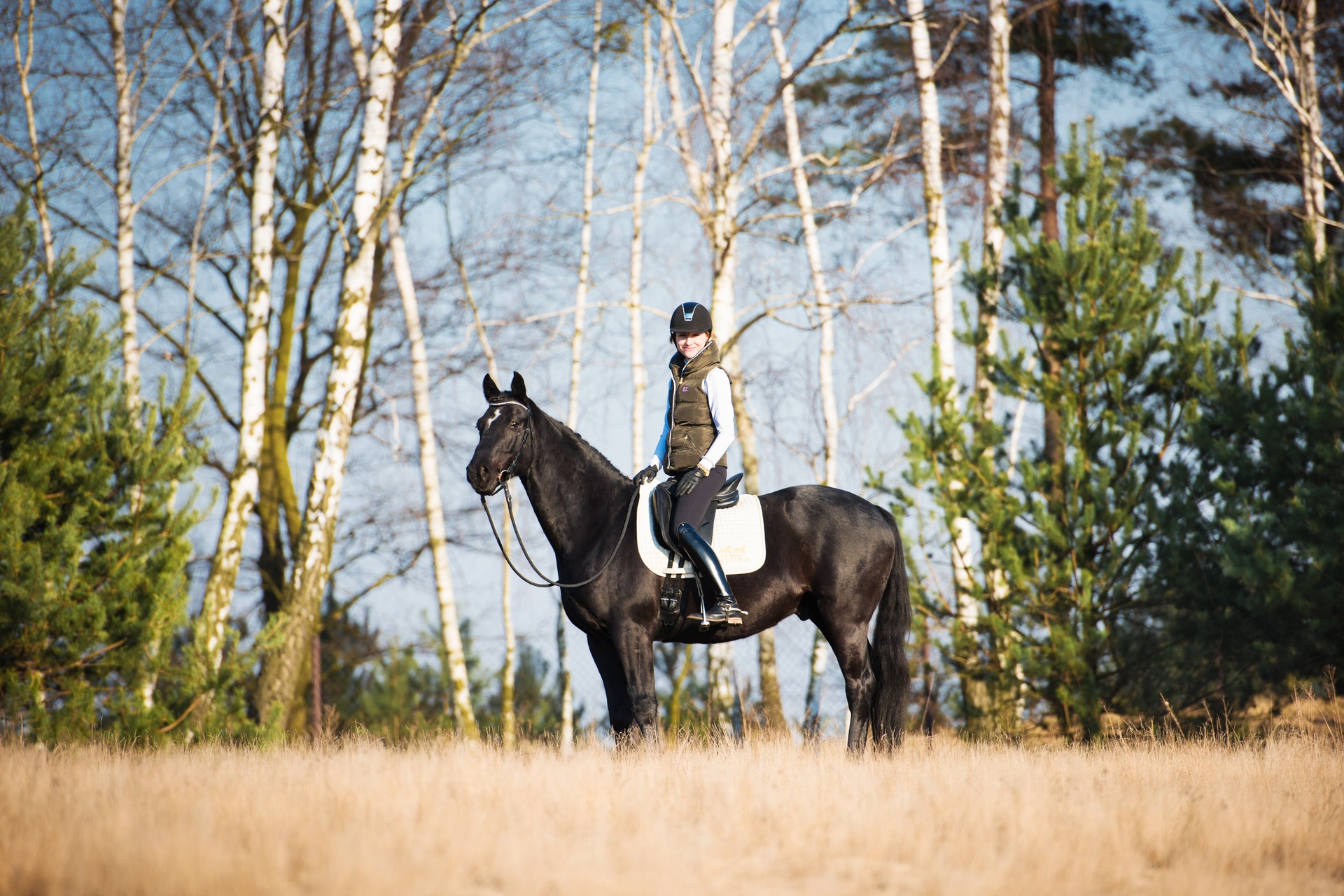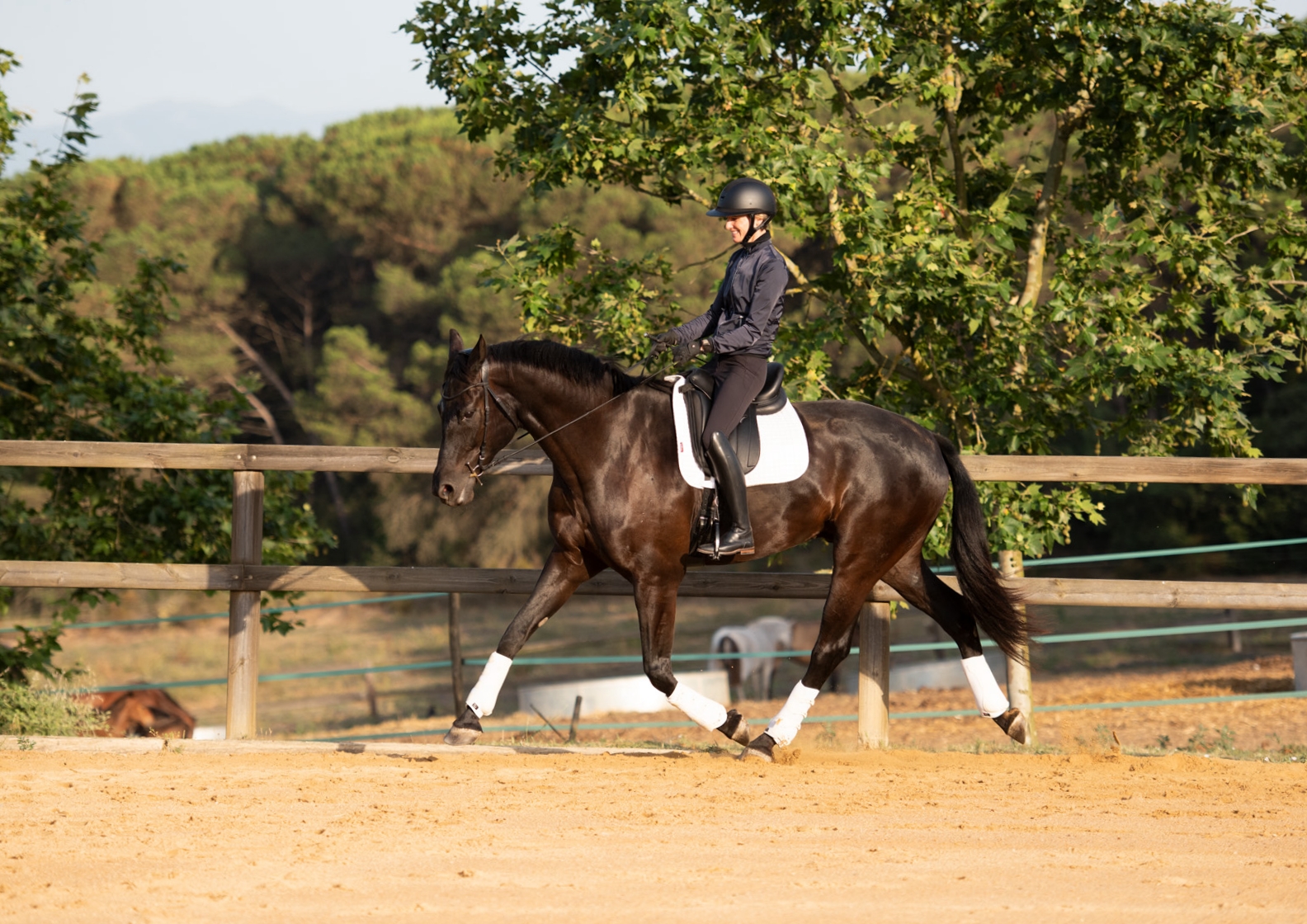Trot as Preparation for Passage and Piaffe Riders with poor riding techniques have to kill their horses’ movement through the back in order to ride these horses and look like professionals and not socket puppets. Otherwise, they would bounce up and down in the saddle in trot and canter. The trot without movement of the
How Your Good Riding Technique Will Immediately Improve the Movement of Your Horse When people see it happening, they say that it looks like magic happening in front of their eyes. Whenever you improve your riding technique even a little bit, your horse will start to move much better almost immediately. Even small improvements in
Physical Preparation It will be much easier for you to ride your horse using the correct technique when your body is prepared to support you in this quest. Good riding technique requires from a rider a lot of support coming from the thighs and legs to stabilise the seat of the rider. The exercises that
Saddle To ride well, you will need a very good saddle. If you try to ride using a poor-quality saddle, or a saddle unsuitable for good riding technique, then you sentence yourself to years of unsuccessful riding and endanger your and your horse’s health. A good saddle is the combination of many elements: design, materials,
Grip Many products for riders offer a better grip. You can find saddles advertised as “having an extra grip” or breeches with rubber or leather elements for a better grip. You can also buy special glues which you can apply to the sides of your riding boots to hold your legs better in place. Can it
How to Stabilise the Seat During Sitting Trot? In the previous chapter, we wrote that we want a horse to be elastic and expressive, and we do not want a horse to be stiff, disengaged or lazy. Because now you know the correct technique of riding posting trot, riding on a horse with big movement
Why Are Some Horses Easier and Others More Difficult to Ride in a Sitting Trot The easiest horse to ride in a sitting trot is the one who has no action of the back and minimal action of the legs. When your riding technique is not good, you consciously or unconsciously change every horse into
Anna’s Step-by-Step Guide to Better Sitting Trot Now we are going to tell you how to learn an independent seat in Sitting Trot, and we are going to do this step-by-step. You are going to learn how to shift your weight from your bum to your legs while keeping your calves, pelvis and upper body
Independent Seat Before we jump to the practice, let’s firstly talk about the independent seat. Anna’s Riding Method aim is to teach you such a sitting trot technique that goes beyond “not bouncing up and down in the saddle”. We want to teach you how to have an independent seat. You can say that you
How Not To Bounce In the Saddle In the last chapter, we have described that the bouncing of the rider up and down in the saddle is the effect of forces acting on the rider’s body. There is one, and only one, force that is pulling the rider’s body down: gravitation. And there are two
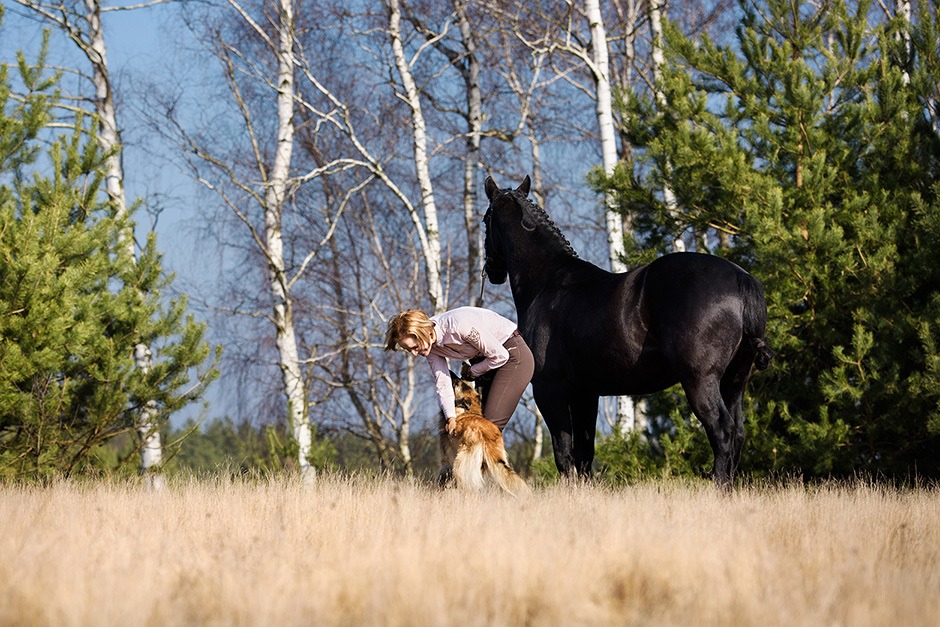
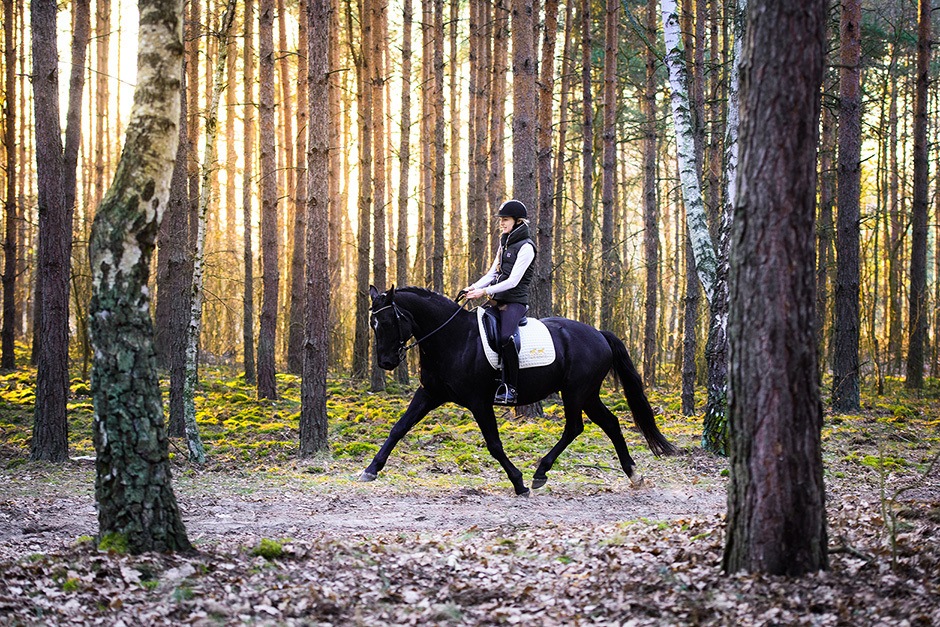
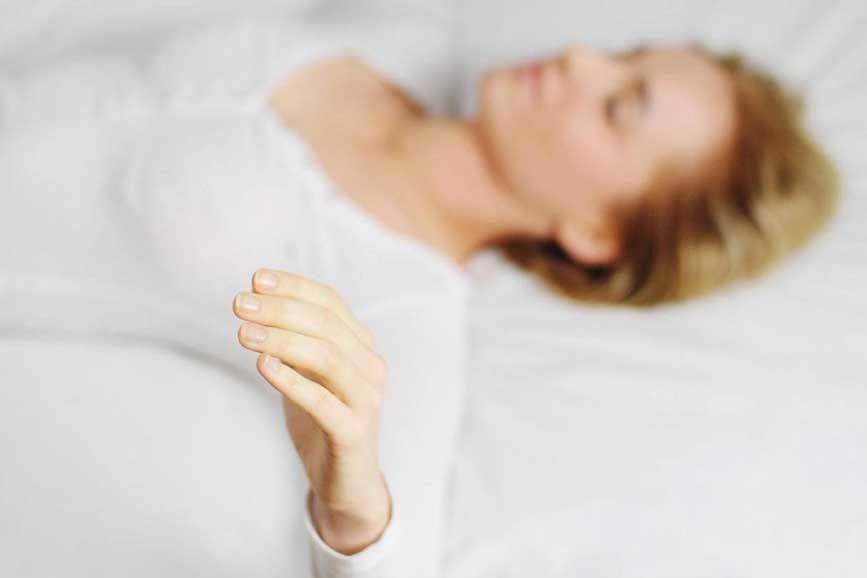
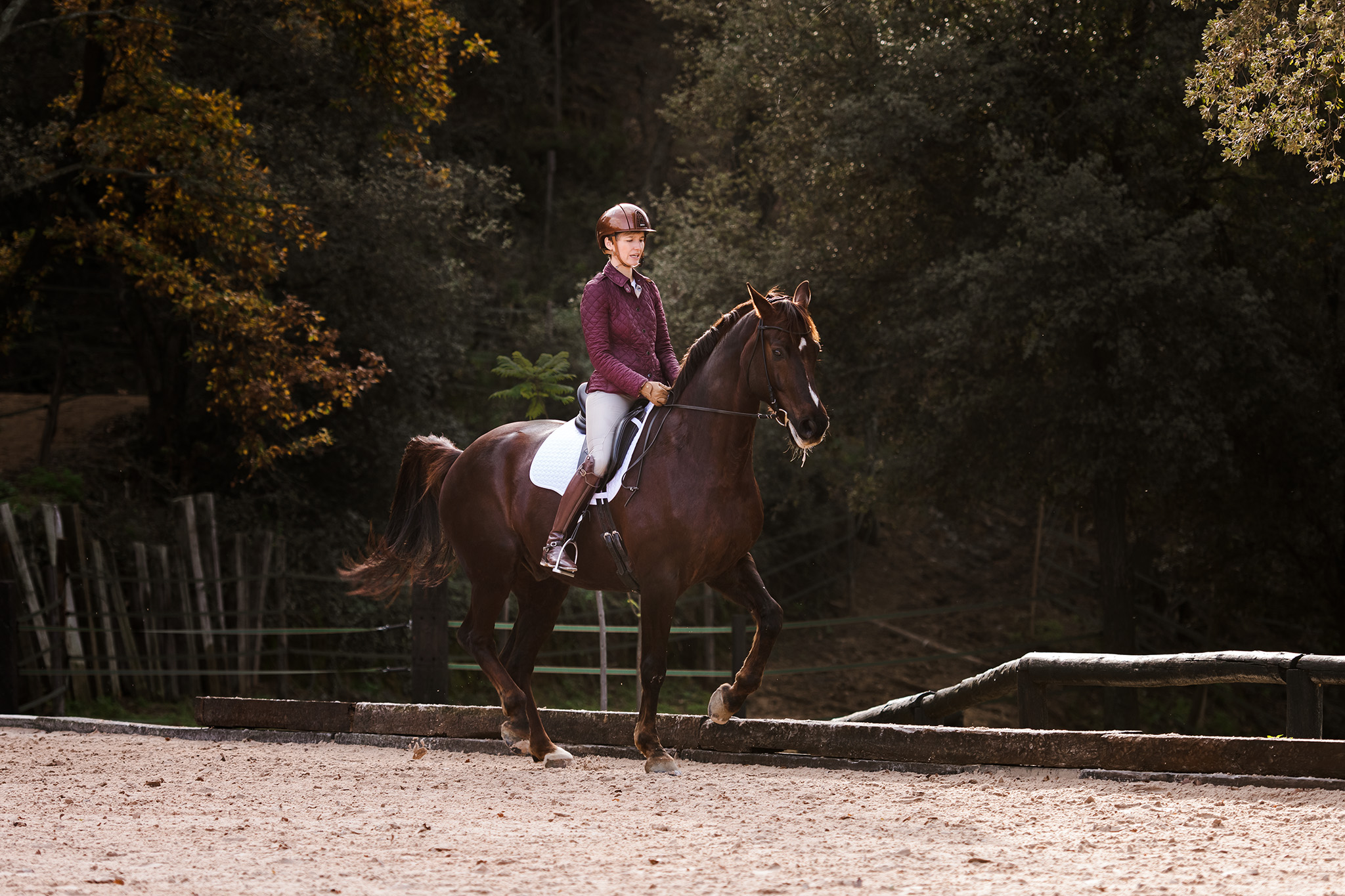

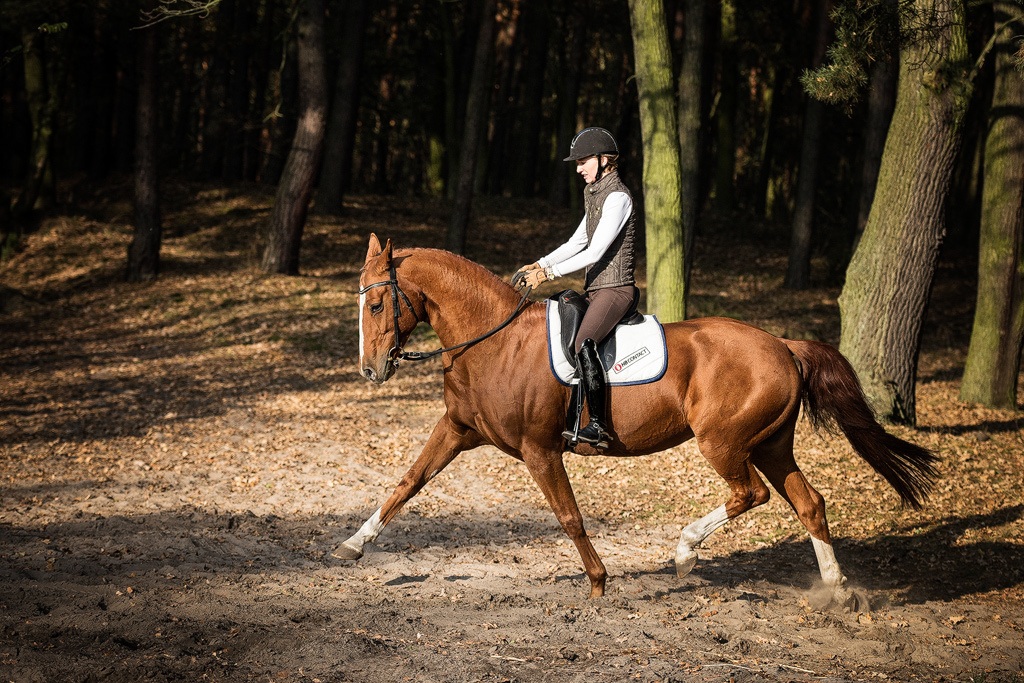

![CHAPTER 4: Anna’s Step-by-Step Guide to Better Sitting Trot [VIDEOS: EN + PL]](https://onehorselife.com/wp-content/uploads/2015/07/DSC7293.jpg)
